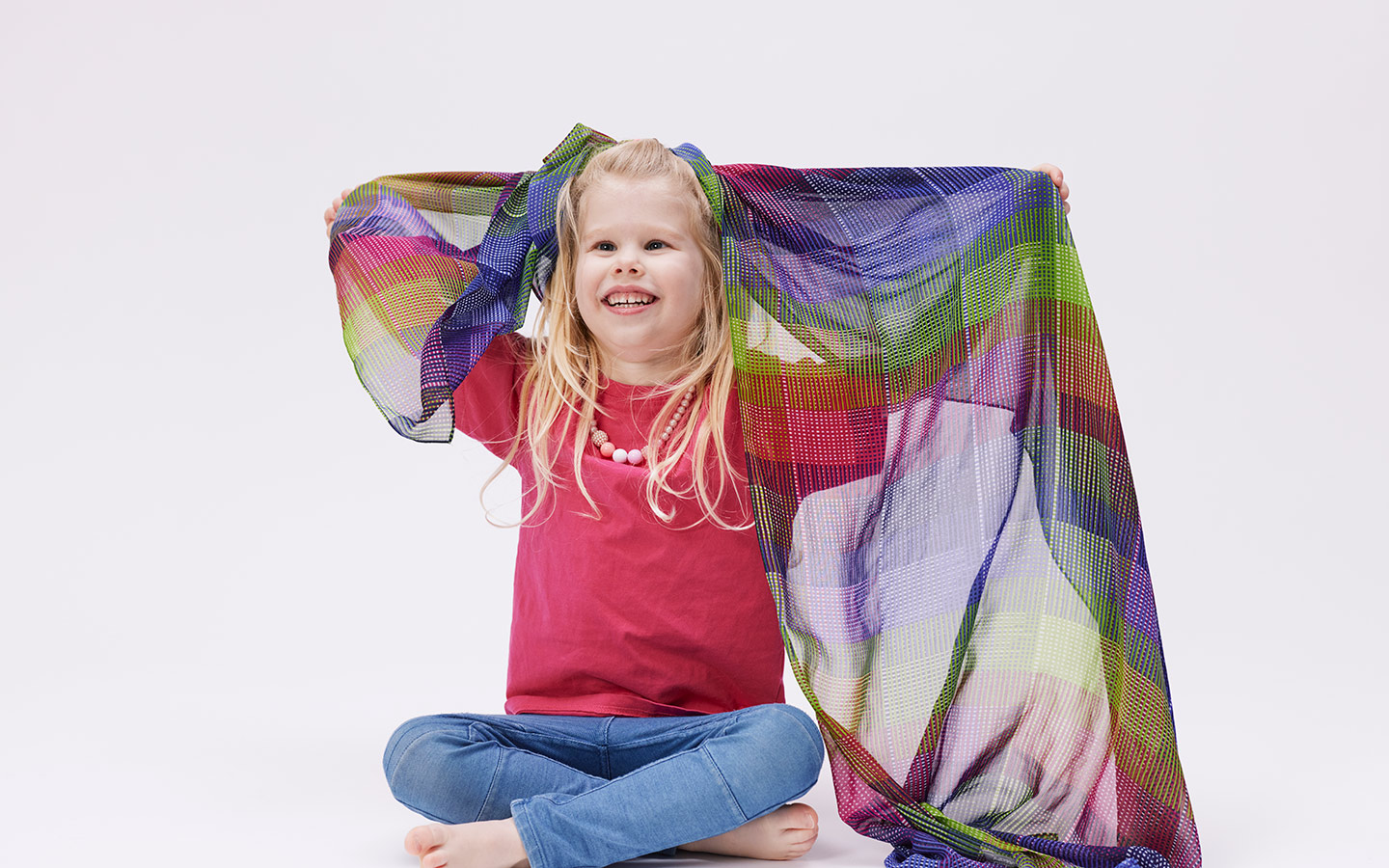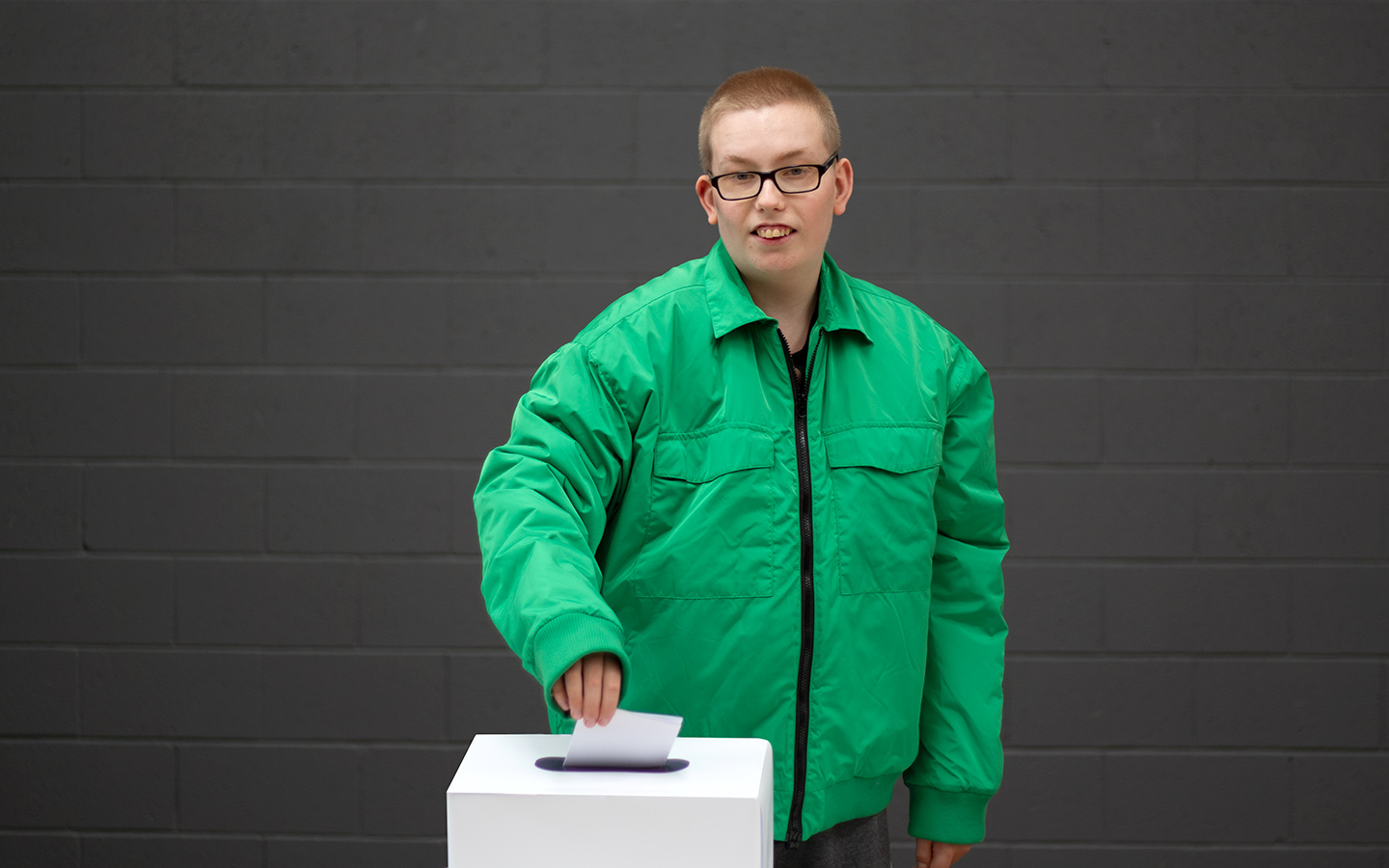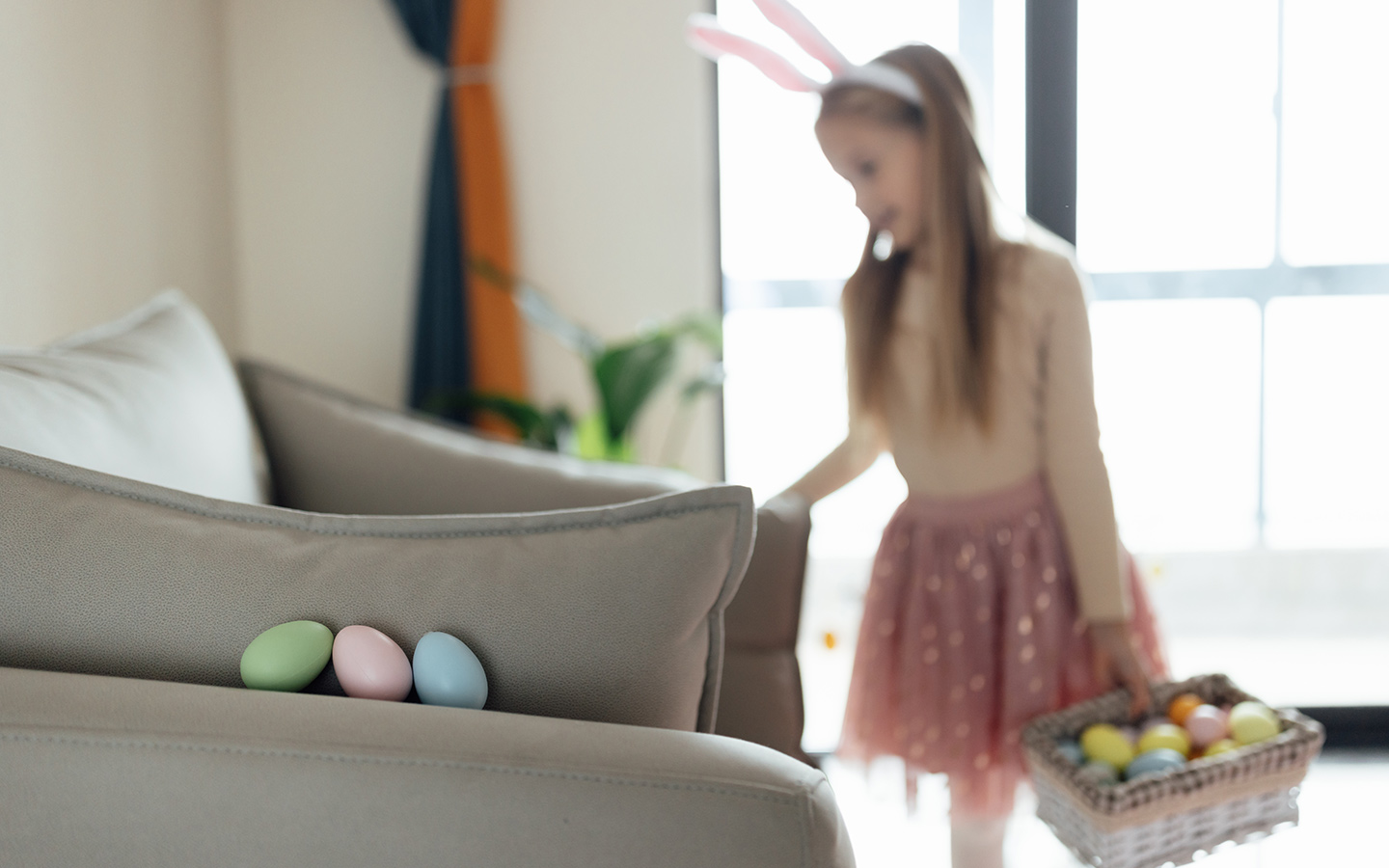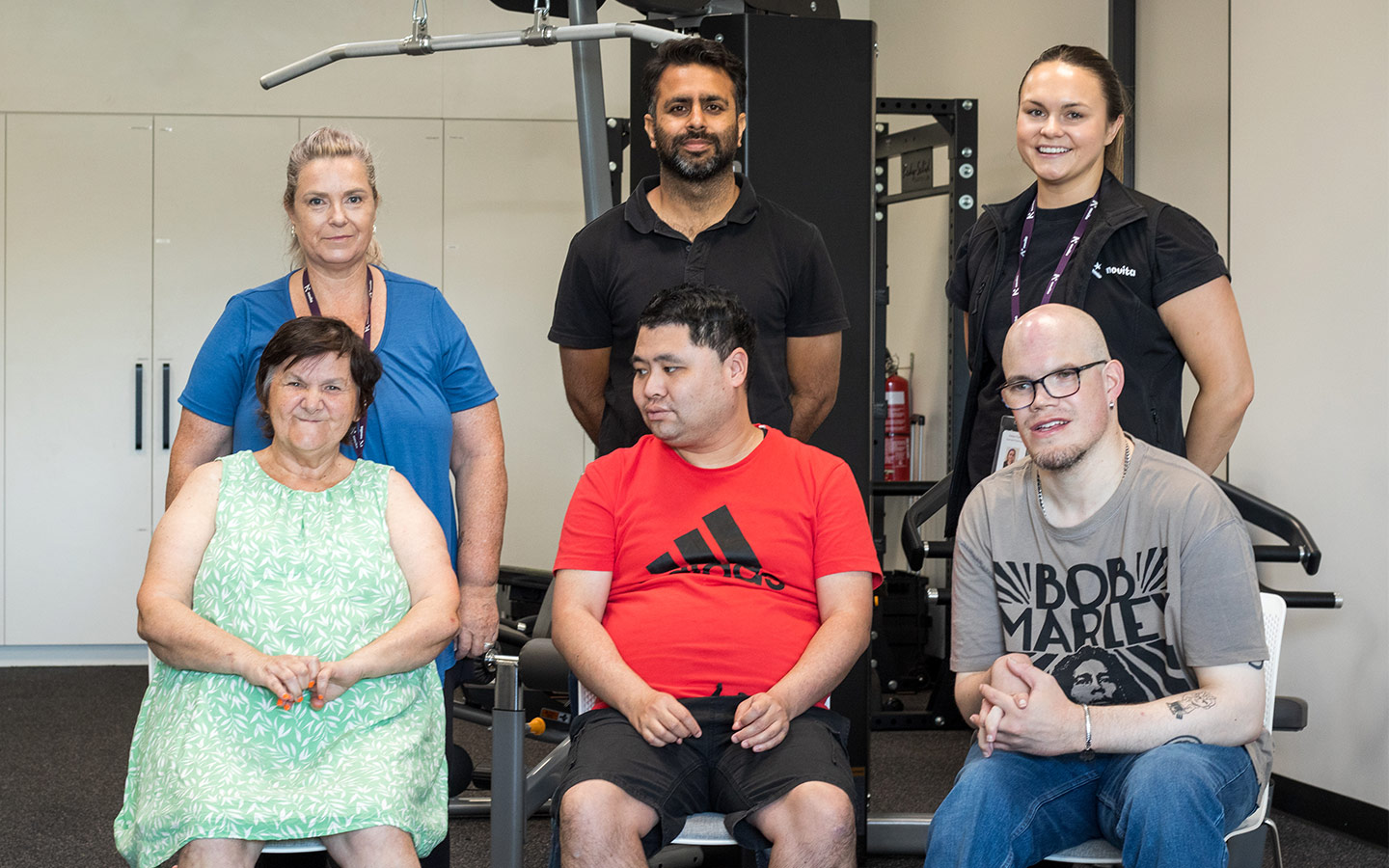Helpful Information
Simple things you can do to support your kid’s sensory needs
access_time11min read

Neurodivergent kids, especially autistic kids, can sometimes have sensory challenges. It might be visual, it might be tactile, it might relate to noise or movement.
Some kids might need their energy levels lifted so they can participate in activities. They might seem a little flat or might come across as a little guarded or disengaged. Other kids might have high energy levels, and they need to be reduced so they can successfully participate in activities.
There is no right or wrong, good or bad, energy level – it’s just that certain energetic states are best suited to specific activities. Mismatches are bound to happen but kids with communication, cognitive, or sensory processing challenges can face additional challenges in adjusting their arousal to suit the task at hand.
Sometimes we can change the demands to fit the child’s energy state but sometimes this is not possible. In these cases, we need to help co-regulate the child and provide ways to shift their energy so that that they can participate with a settled and ready nervous system.
While not a complete solution to your child’s sensory challenges, toys and other items can often contribute to regulating your child’s nervous system to help prepare them for an activity or de-escalate a heightened or anxious state.
Toys and other items that have sensory properties – they might be visually appealing or make noises that kids enjoy – can help to regulate or ‘sooth’ a child’s nervous system. Some kids have nervous systems that benefit from this extra input.
Growing awareness of sensory issues
Novita occupational therapist Rebeca Milton says much more is known today about the sensory challenges that can often be faced by neurodivergent people.
“The trend towards inclusivity is a wonderful thing, and with improved knowledge of neurodiversity we can understand children with sensory sensitivities much better. We now know what might look like exaggerated responses to everyday situations or often spring from neurological wiring as opposed to a child ‘acting out’,” says Rebecca.
“Generally, children want to please, so whatever they are doing we can almost guarantee it is the very best they can do at that time. Sometimes it can be tough to keep this in mind if our kids’ actions are hard for us to manage but it is often helpful to stop and ask why our kids might be doing certain things or responding in tricky ways.
“Rather than thinking ‘they are giving me a hard time’ we might reframe and think ‘they are having a hard time’.
“So, what we can do is work backwards and think about what might have triggered the response we are seeing. In the past we might have assumed that we needed to change the child to better suit the environment, but we are beginning to see that this is often not feasible or even fair.
“It is everyone’s role to help the child participate in their community and everyone needs to adjust, it is not the sole responsibility of the child to ‘fit in’.”
Sensory profile
Rebecca says the first step to managing kids’ sensory challenges is to make sure parents and carers understand their kids and can ‘map’ what kind of input generates a particular kind of response.
“For instance, parents might notice that when their child is presented with all the visual and auditory input of the supermarket, they might become overwhelmed,” she says.
“The parents can then work with their occupational therapist to appreciate the child’s sensory profile – which helps us understand if the child has vulnerabilities to certain sensory input.
“The profile can then help parents and carers to prepare their kids for the day ahead, with the support of exercises, sensory toys and access to items and actions that can help to adjust energy levels and reduce their anxiety.”
Simple ideas to support sensory needs
Rebecca and the Novita therapy team have some helpful tips and ideas that might assist parents, families, and carers to support the sensory needs of their kids. Often these fun and inexpensive ideas can have long lasting effects that help children to avoid becoming overstimulated. In lots of cases by being proactive and providing the input before it seems to be needed, we can avoid some of the responses that signal overwhelm.
- Parents might notice that when their child becomes nervous or uncomfortable, they chew on their t-shirt. You could offer the child crunchy snacks or freeze a fruit box so it’s hard to suck through the straw or freeze some halved grapes in ice cubes so the child can chomp on them instead of chewing their t-shirt. There are also chewable pendants, jewellery, pencil tops and tubing available that can be good substitutes to non-edible items.
- For kids who seem to bite, chew, or play with their mouth when they are nervous or overstimulated, a fun idea to provide oral input is to put a straw in a jug of water and ask your child to blow hard so bubbles come out over the lip of the jug.
- For kids that have a tactile preference – parents and carers could carry a small piece of material made of a fabric favoured by the child such as satin or flannelette which the child can play with when they are in an unusual place or situation. Toys made of different types of material that engage tactile receptors through their diversity can be helpful.
- Making play dough at home, playing with shaving cream in the bath, or filling a container with dried pasta or rice and hiding toys in there can be an effective way to provide tactile stimulation.
- If parents and carers notice that a child is vulnerable to visual input, we can help them at bedtime and at those times when you need to reduce energy by offering books instead of screens. Because books have static pictures and often evoke connection to a safe adult, they have wonderful benefits and promote the development of literacy skills too. Read more about developing a reading routine with your kids.
- Some kids are energised by visual input, so if a child’s behaviour is lacklustre at mealtimes, contrasting cutlery and crockery might help to engage them in the task at hand. An easy DIY visual toy are ‘sensory bottles’- plastic bottles filled with coloured water or something like beads can also be an easy and accessible tool to engage and settle some kids.
- Sometimes kids can find noise hard to manage. We might see this in children covering their ears and avoiding noise or making lots of their own noise to control what they are exposed to. Wearing noise cancelling headphones when out and about or listening to music or audiobooks through headphones can be really comforting for kids with auditory sensitivities.
- Some kids really love the deep pressure provided by big squeezy hugs! We can let kids who respond well to this stimulation snuggle in a bean bag or sleeping bag when they are relaxing or even wear bike pants or leotards to give sustained input. Although there is mixed evidence as to whether firm clothing has a significant effect on the nervous system, lots of kids with a high need for deep pressure really like wearing stretchy, lycra clothes.
- Engaging kids in household tasks, especially if they have a heavy work component, can be useful for kids who need a lot of movement during the day. For example, carrying a heavy washing basket to the bedroom at the other end of the house – this sort of task can give the child’s body important feedback that helps to settle their nervous system.
- When heading to school in the car, kids could hold their backpacks in their lap – this can provide a little pressure to sooth the nervous system before the school day begins.
- Instead of dropping the kids off directly outside the school, drop them off a block away so they need to walk and carry their backpack. By the time they reach school their brain has a good sense of where the body is through the heavy work and feedback that has been provided which may help to improve their frame of mind as they start the day.
Rebecca says while these ideas are not necessarily solutions to sensory challenges, they can take the edge off situations for kids.
“They can be handy tools. What we want to try and do is keep a child’s baseline of anxiety as low as possible. We want to support them to have a certain level of regulation for as much of the day as possible, because – as we all know – life does throw curve balls,” says Rebecca.
“If we can help kids to maintain a low level of anxiety, then when those unpredictable events happen, they are more likely to manage them effectively.”
If you would like more information about Novita’s services and supports, including occupational therapy, call our Customer Experience Team on 1300 668 482 or email [email protected].
You can also find sensory toys and items at our new NovitaTech retail store – the largest assistive tech experience in Australia. Come into the store, at 31 Manon Street Hindmarsh (opposite Coopers Stadium), try different items, speak to the experts or shop online at novitatech.com.au


